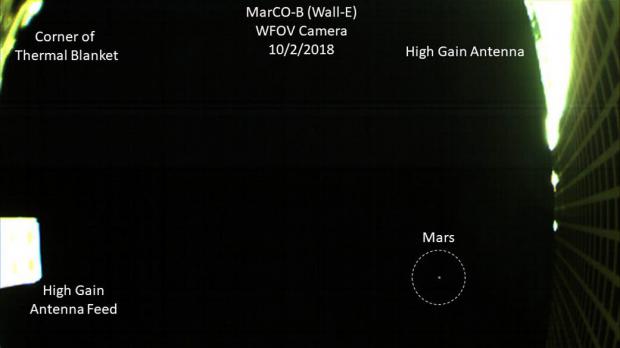
Breaking News
 GARLAND FAVORITO: More and more fraud from the 2020 election in Fulton County, Georgia...
GARLAND FAVORITO: More and more fraud from the 2020 election in Fulton County, Georgia...
 Rep. Matt Gaetz tells Tucker Carlson that agents of the Israeli govt tried to blackmail his...
Rep. Matt Gaetz tells Tucker Carlson that agents of the Israeli govt tried to blackmail his...
 Trump: We need Greenland for national security… you have Russian and Chinese ships all over...
Trump: We need Greenland for national security… you have Russian and Chinese ships all over...
 1,000 US pastors travel to train as 'ambassadors' for Israel
1,000 US pastors travel to train as 'ambassadors' for Israel
Top Tech News
 Perfect Aircrete, Kitchen Ingredients.
Perfect Aircrete, Kitchen Ingredients.
 Futuristic pixel-raising display lets you feel what's onscreen
Futuristic pixel-raising display lets you feel what's onscreen
 Cutting-Edge Facility Generates Pure Water and Hydrogen Fuel from Seawater for Mere Pennies
Cutting-Edge Facility Generates Pure Water and Hydrogen Fuel from Seawater for Mere Pennies
 This tiny dev board is packed with features for ambitious makers
This tiny dev board is packed with features for ambitious makers
 Scientists Discover Gel to Regrow Tooth Enamel
Scientists Discover Gel to Regrow Tooth Enamel
 Vitamin C and Dandelion Root Killing Cancer Cells -- as Former CDC Director Calls for COVID-19...
Vitamin C and Dandelion Root Killing Cancer Cells -- as Former CDC Director Calls for COVID-19...
 Galactic Brain: US firm plans space-based data centers, power grid to challenge China
Galactic Brain: US firm plans space-based data centers, power grid to challenge China
 A microbial cleanup for glyphosate just earned a patent. Here's why that matters
A microbial cleanup for glyphosate just earned a patent. Here's why that matters
 Japan Breaks Internet Speed Record with 5 Million Times Faster Data Transfer
Japan Breaks Internet Speed Record with 5 Million Times Faster Data Transfer
Mars-bound CubeSats catch first glimpse of the Red Planet

These two little spacecraft are the first of their kind to venture into deep space, and now they've sent us back a post card of their first glimpse of the Red Planet.
The image, snapped by MarCO-B on October 3, shows Mars as a tiny, pale red dot towards the right of frame, much like the "Pale Blue Dot" photo they sent as they whizzed away from Earth. To line up the shot, the CubeSat had to be programmed to rotate in space to point the wide-angle camera towards Mars.
A few onboard instruments photobomb the image too: part of a thermal blanket can be seen at the top left, and below that the antenna feed peeks in. The right-hand side of the image is framed by the high gain antenna.
The photo was taken from a distance of about 8 million miles (12.8 million km), but interestingly the journey to Mars will still involve another 53 million miles (85 million km) because the Red Planet is moving away from the CubeSats.
Once they arrive at Mars, the two MarCOs will help relay communications back to Earth as the InSight lander touches down. That said, the Mars Reconnaissance Orbiter (MRO) will do most of the heavy lifting there – the MarCO mission is mostly a test to see if CubeSats are able to survive the rigors of space travel.

 Advanced Propulsion Resources Part 1 of 2
Advanced Propulsion Resources Part 1 of 2

